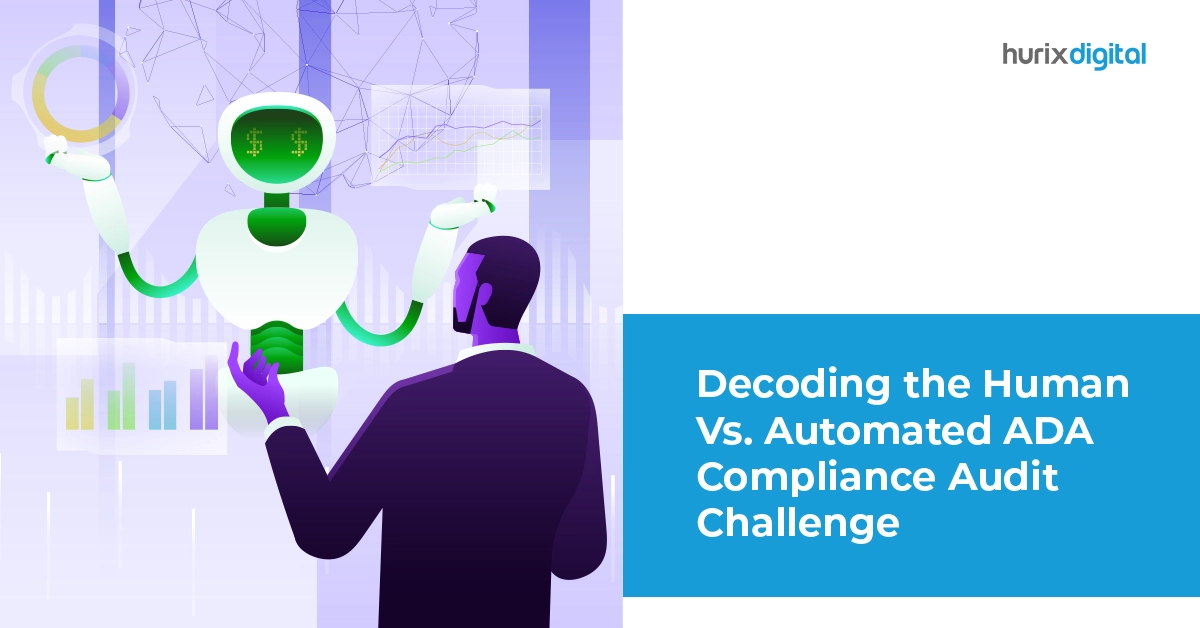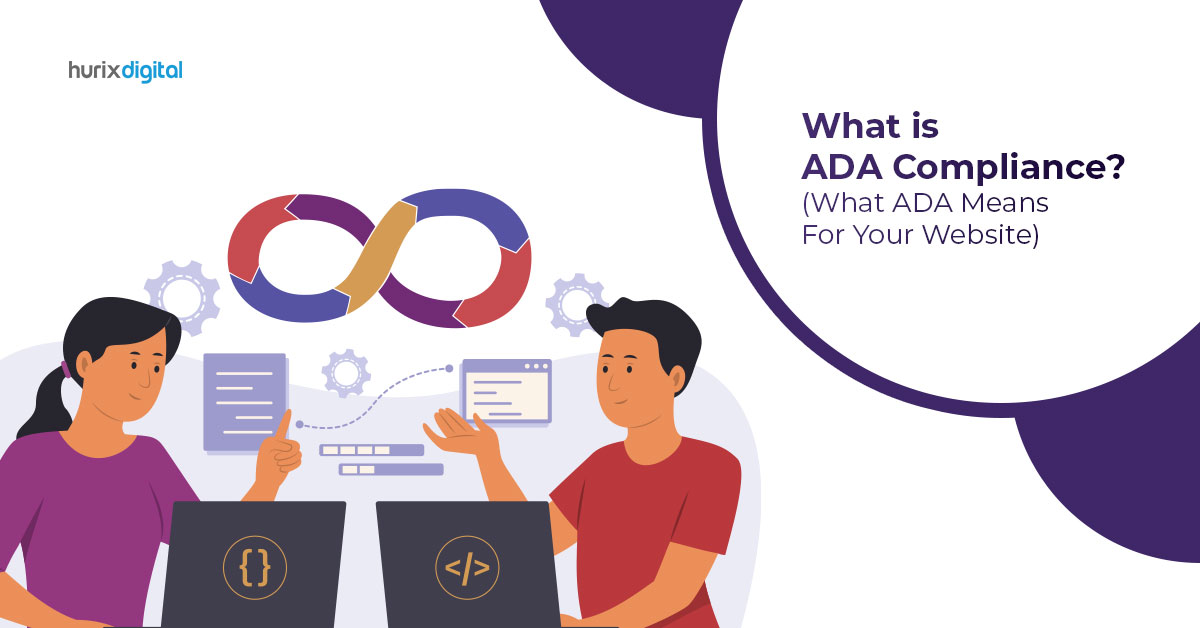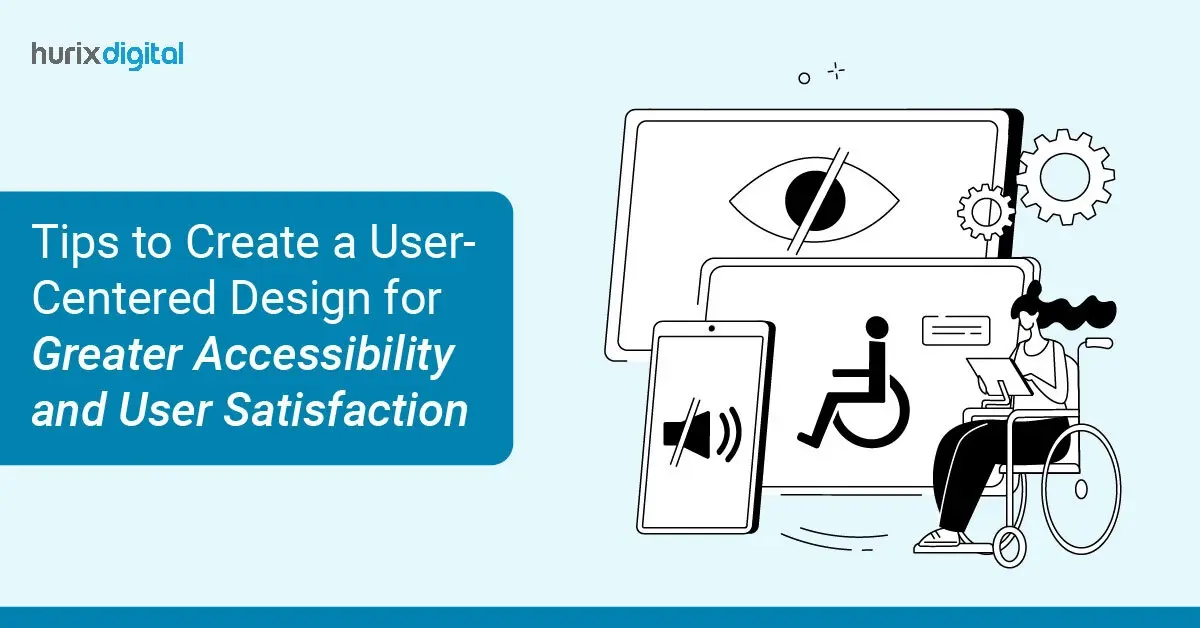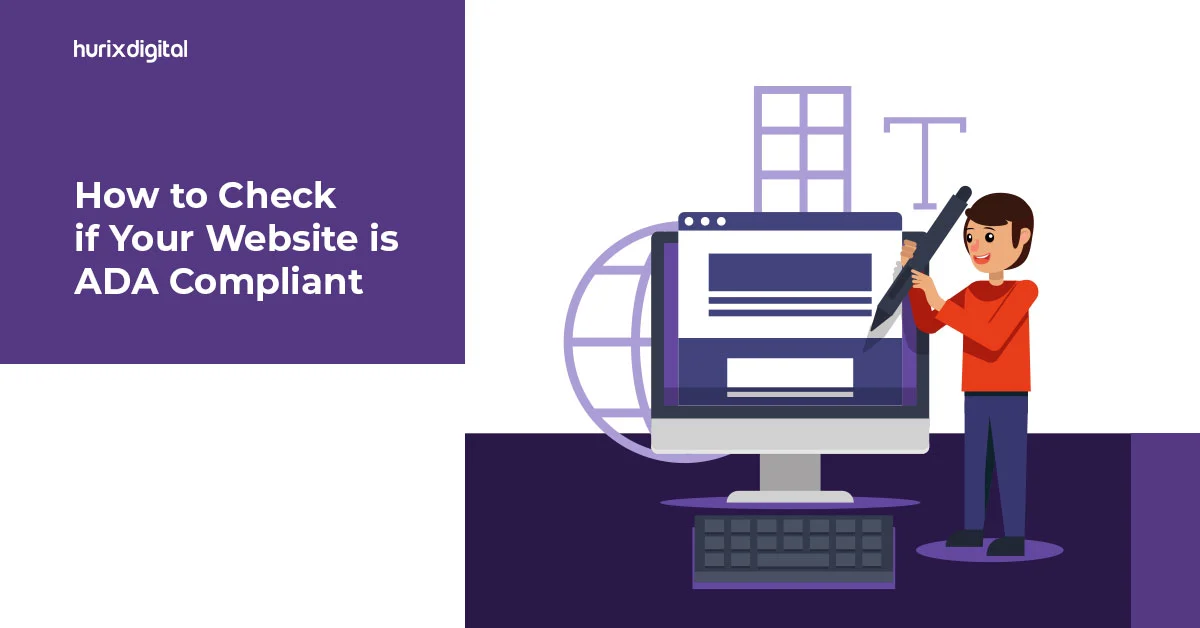
Decoding the Human Vs. Automated ADA Compliance Audit Challenges
Summary
This post examines the challenges of human vs automated ADA compliance audits. Learn about the benefits and limitations of each approach in ensuring accessibility.
In the technological world, accessibility is not just an option but a fundamental aspect that is required by all companies for design and technology integration. It is reported that 71% of users who have some sort of physical or cognitive disability leave websites that are not accessible and prefer the ones that offer higher accessibility.
Making your website accessible to people with disabilities is paramount so that they don’t violate the Americans with disabilities act (ADA). Despite the rapid technology advancements digital inclusion remains a challenge for companies in many ways.
As we navigate this discussion, we shall explore more about website accessibility and content management platforms that have successfully introduced digital inclusion to the broader populace with their AI-powered accessibility solutions.
Table of Contents:
- Why Is Website Accessibility Paramount?
- What are the Types of Accessibility Testing?
- Comparison of Human vs Automated Techniques for ADA Compliance
- To Wrap Up
Why is Website Accessibility Paramount?
Website accessibility is becoming increasingly important in the coming years, and websites must be accessible to all users, including people with disabilities. It ensures that everyone has access to the same information and services.
Every content creator should prioritize accessibility so that digital content is usable for people with disabilities as well. Following are some reasons to reflect light on the importance of digital accessibility:
1. Adherence To Guidelines
It is important to note that maximum websites come under section 508 or ADA of the Rehabilitation Act and the European Accessibility Act (EAA), and the Web Content Accessibility Guidelines (WCAG) are crucial for websites to ensure equal access for individuals with disabilities.
These laws prohibit discrimination against individuals against people with disabilities, and it is important to make reasonable accommodations for them. Ignoring these guidelines can result in the company being sued by users for website inaccessibility.
2. Digital Inclusion
Digital accessibility benefits users with visual, cognitive, or motor impairments by making the content more understandable, operable, robust, and perceptible. Building accessible websites fosters inclusion and helps businesses to reach out to an overlooked disabled population.
3. Opportunity
One of the most important reasons for website accessibility is the growing populace of people with disabilities. According to the World Health Organisation and the CDC, 16% of the world’s population has a disability and is unable to access websites that are not designed with accessibility in mind.
It is estimated that approximately 54M people in the US have disabilities. Many boomers have large sums of discretionary spending having similar challenges with their vision, hearing, motor, and cognitive skills. It allows companies to make their websites available to everyone.
Also Read: 5 Ways Accessible Design Makes Your eCommerce Website a Shopaholic’s Dream
What are the Types of Accessibility Testing?
Auditing a website for section 508 or an ADA compliance audit can be tackled in different ways, some are good, and some are bad. Majorly there are two ways of testing which are manual testing and automated testing.
What is Manual Testing?
A manual accessibility audit is a process that involves a qualified technician to test each page on your website or application. It is done to ensure it is compliant with ADA guidelines.
A knowledgeable technician can look beyond the website code and assess the level of accessibility and functionality of your website from the perspective of a person with a disability. The technician here re-creates issues that someone with a disability may face while navigating your website.
They manually inspect for accessibility issues by using assistive technologies such as screen readers and keyboard-only navigation. A manual audit allows the testers to eliminate accessibility barriers that automated tools cannot catch. The issues might be related to the website’s visual design, media, graphic content, etc.
Manual testing provides detailed feedback with recommendations to improve the website’s accessibility with AI-powered solutions to optimize user experience (UX) in accessibility testing.
What is Automated Testing?
The automated accessibility audit is a process that involves testing with specialized software tools that can scan the website’s content and code for any accessibility issues.
The specialized software tools used by automated testing are algorithms that can analyze the HTML markup, CSS stylesheets, and JavaScript, which makes the page. The automated software checks all the parts of the code, ensuring that they comply with the WCAG standards.
These tools can detect issues such as missing links, page titles, color contrast, form labels, and document language errors successfully. They can also generate reports which will highlight the issue and also provide probable solutions for them. Data has shown that automated scans check for 20-25% of WCAG success criteria.
Comparison of Human vs Automated Techniques for ADA Compliance
Ensuring accessibility on digital platforms is essential to providing equal access to individuals with disabilities.
Below is a detailed comparison of ADA Compliance best practices, which are Manual and Automated testing:
Aspect |
Manual Testing |
Automated Testing |
| Process of Inspection | Manual inspection by skilled technicians. | Software-driven scanning of the web content with the help of using accessibility tools. |
| Understanding | In-depth understanding of WCAG guidelines and best practices. | Relies primarily on predefined algorithms and rulesets to detect issues. |
| Feedback | It offers insights beyond technical compliance, including usability and user experience considerations. | It focuses on technical compliance, providing detailed reports on detected issues. |
| Efficiency | Time and resource-intensive due to the manual review process. | It is quick and scalable, providing broad coverage of accessibility issues. |
| Accuracy | Highly accurate for nuanced issues and also complex interactions. | Efficient at identifying common issues but may miss context-specific or nuanced accessibility problems. |
| Reporting | Provides detailed insights and recommendations for remediation. | Generates detailed automated reports that highlight the detected issues but may lack human context and interpretation. |
This detailed comparison highlights the strengths and limitations of both manual and automated techniques for ADA compliance, emphasizing the complementary nature of their roles in ensuring web accessibility.
Also Read: Incorporating Accessible Content: 7 Best Practices for Web Writers
To Wrap Up
Creating a digitally accessible world where all users can participate fully with no discrimination at all is paramount. By championing accessible website development, brands play a responsible role in shaping an equitably inclusive future.
Both techniques are suitable for testing for the ADA Compliance Audit Challenge, and adherence to the guidelines can create an environment for digital inclusion.
Want a partner who can guide you through the journey of making your website more accessible with the help of state-of-the-art tools and AI-powered solutions? Hurix Digital is here!
Contact us to make your website accessible to every user.

Vice President – Digital Content Transformation. He is PMP, CSM, and CPACC certified and has 20+ years of experience in Project Management, Delivery Management, and managing the Offshore Development Centre (ODC).






